Congenital Arm Paralysis – Brachial Palsy
The brachial palsy is defined as a muscle weakness or paralysis of different severity degrees, which develops in the arm, forearm and hand on the respective side during dystocia, due to the stretching in the nerve structures starting from neck…
Childhood Forearm Fractures
These fractures are among the most common fractures during childhood and often develop as a result of falling from a high place onto the hand. In some cases, it presents as an incomplete (partial) fracture (greenstick fracture) which can be…
Preventive Hip Surgery and Its Goals
Preventive hip surgery means taking the necessary precautions in time and preventing the hip from becoming completely calcified and protecting it from a prosthesis surgery. It is possible to use preventive hip surgery in every age group from the childhood…
Limb Lengthening Treatment
Duration of the Treatment Postoperative rehabilitation and exercise are very important in the limb lengthening treatment. The exercise program is continued during the lengthening process and while the bone healing is expected. During this process, walking is allowed except for…
Foot Problems during Childhood and Their Diagnosis and Treatment
It has been observed that pediatric patients refer to the orthopedists frequently about foot problems. The most common foot problems / foot diseases seen in children can be listed as in-toeing, flatfoot and callosity in the feet. The role of…

